Language
You can read the magazine in one of the following languages
Geolocation
You can read the global content or the content from your region
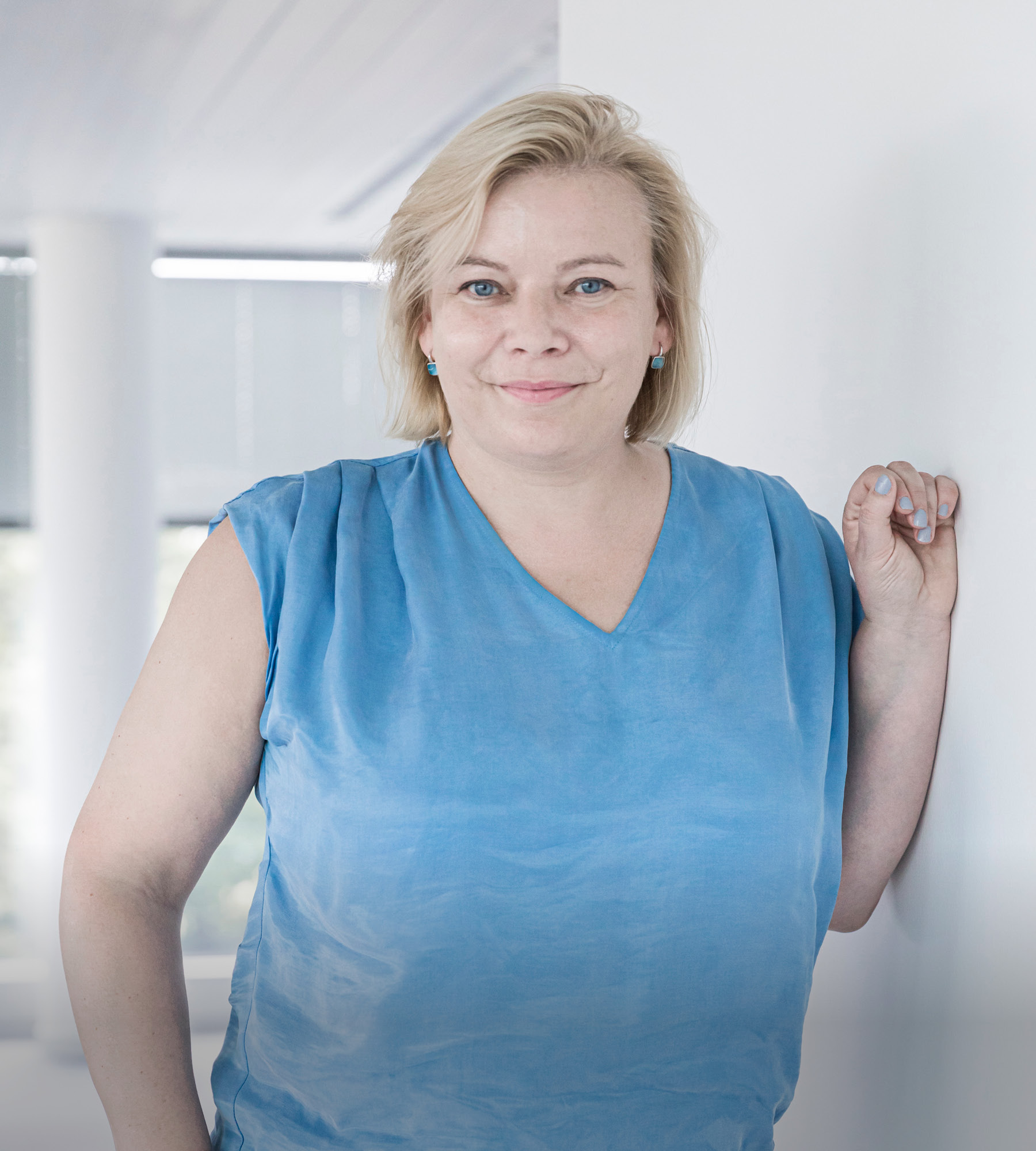
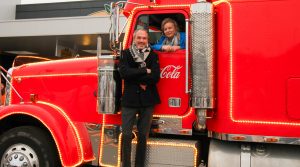
How Ann Biebuyck became CEO of Belgian restaurant chain Lunch Garden comes down to two words: reputation and relationships. She left a strong impression during the seven years she spent in the role of Purchasing Director, overseeing logistics, sourcing and quality management.
This meant that, when the board was looking for a new CEO in 2020, Biebuyck was top of the list certainly as she had, by that time, headed up another business in the food and beverage space.
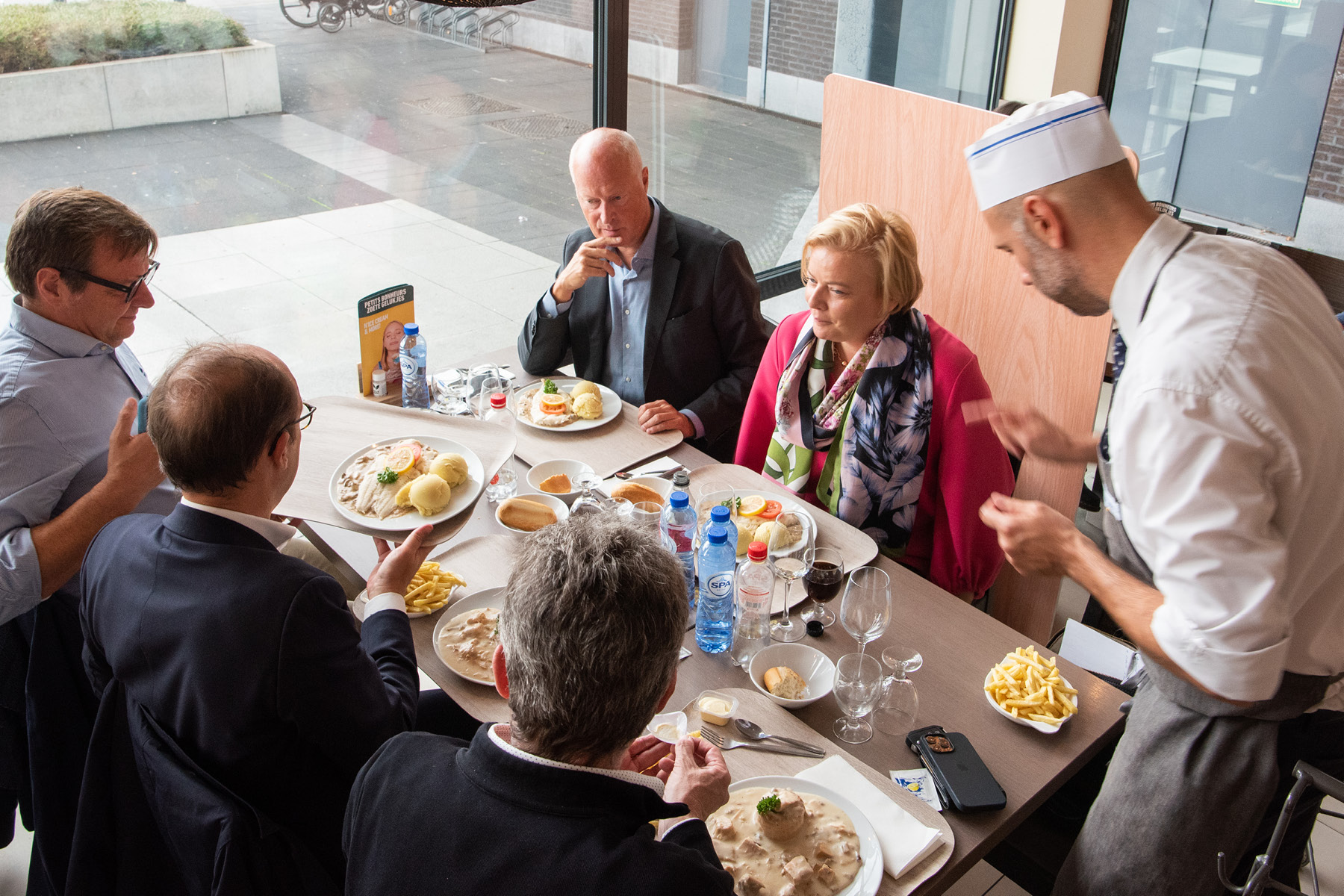
“Our restaurants distinguish themselves from typical brasserie restaurants in price as well as style.”
“When I left Lunch Garden to pursue another career opportunity, I stayed in touch with the former stakeholders and shareholders. When they contacted and said, ‘You know Lunch Garden very well. You have experience as a Managing Director. Would you be willing to take over the ship?’ It didn’t take me very long to make a decision,” Biebuyck tells The CEO Magazine.
Biebuyck jumped at the opportunity. She already had a strong view on what the company needed to grow again after seeing it brought back from the brink of bankruptcy in the 2010s.
But the COVID-19 pandemic brought the company’s most difficult period ever.
“The pandemic brought very difficult waters to navigate, but with the right vision and team we were able to steer towards a solution,” she acknowledges. “Last year we reached breakeven again. So, I’m confident that the future is bright for Lunch Garden – the only way is up!”
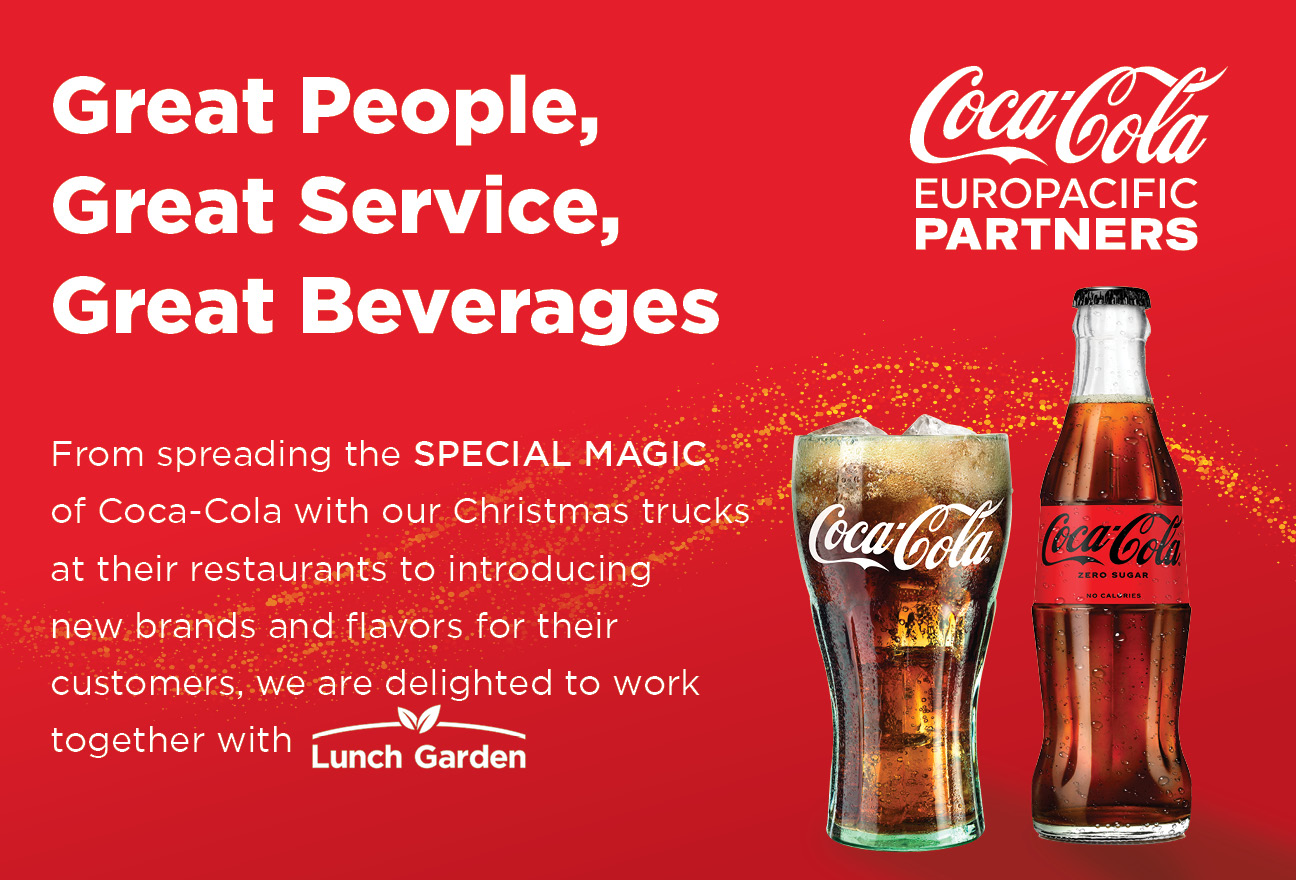
And Biebuyck knows how to get there with her three-point plan focusing on affordability, families and futureproofing.
First priority was to capitalize on the brand’s status as the country’s go-to restaurant chain for true Belgian classic comfort food at a wallet-friendly price. This initiative proves challenging at a time when the country’s unemployment levels are high and inflation is pushing up competitive salaries, too.
“Sharing the love for Belgian classics is what makes Lunch Garden unique. If you think about a carbonade stew or meatballs and tomato sauce, we want people to immediately think ‘Lunch Garden’, like they did in the past,” Biebuyck explains.
“Our restaurants distinguish themselves from typical brasserie restaurants in price as well as style. At Lunch Garden you have the equivalent of a proper home-cooked meal for a fast-food market price. It is an incredible asset to have.”
A strategic pillar Biebuyck plans to lean on to execute on the second part of her strategy: enticing more families. Partly going back to its roots, the company wants to be a restaurant for families first and foremost. Today, its clientele reaches a more elderly demographic.
“Everyone is welcome at Lunch Garden. Seeing more elderly clients means that our restaurants are filled with customers at times when others are elsewhere. Nevertheless, it is our priority to bring more families to Lunch Garden. Together with the team, we have set a bold target of attracting 50,000 families by 2025,” Biebuyck states.

During the WOMED Awards in 2022. The United Nation’s Sustainable Development Goals are high on Lunch Garden’s and Biebuyck’s agenda.
“Affordability and being family-focused is a very important focus to have.”
“Whenever I go with my family to a local brasserie, the tab for a family dinner can easily amount to US$270. That’s not feasible for the average citizen. Hence, a family of four being able to eat with us, not fast food, but comfort food, for only about US$50 – that’s a whole different range. Affordability and being family-focused is a very important focus to have.”
Making the brand more appealing to younger demographics requires not just a new strategy but new campaigns, channels and a stronger understanding of current trends. Lunch Garden is now on TikTok and a recent campaign celebrated “all you can love mussels”, playing into the gen Z trend for eating around moments rather than specific dishes.
“It’s a whole different style than before, making clear that we know how to talk to the younger generation as well. We don’t want to shock our current clientele because we value them greatly. We just want to add a certain twist to attract a younger crowd as well,” Biebuyck acknowledges.
The third element of Biebuyck’s strategy is a little more complex; to futureproof the organization through four enablers. These enablers include elevating the company’s approach to talent to become a ‘great place to work’, digitalization to update the company’s internal systems, becoming a more sustainable business and bolstering partner relationships from chocolate suppliers to the likes of Coca-Cola Europacific Partners.
“Last December we worked with Coca-Cola to host their Christmas truck at our restaurants. Customers could have their pictures taken with Santa and the iconic Coca-Cola Christmas truck, and of course received a nice Lunch Garden gift,” Biebuyck enthuses. “Although they are a worldwide brand, Coca-Cola balances it very well, acting locally in the best way possible, in terms of product presentation and promotional support.”
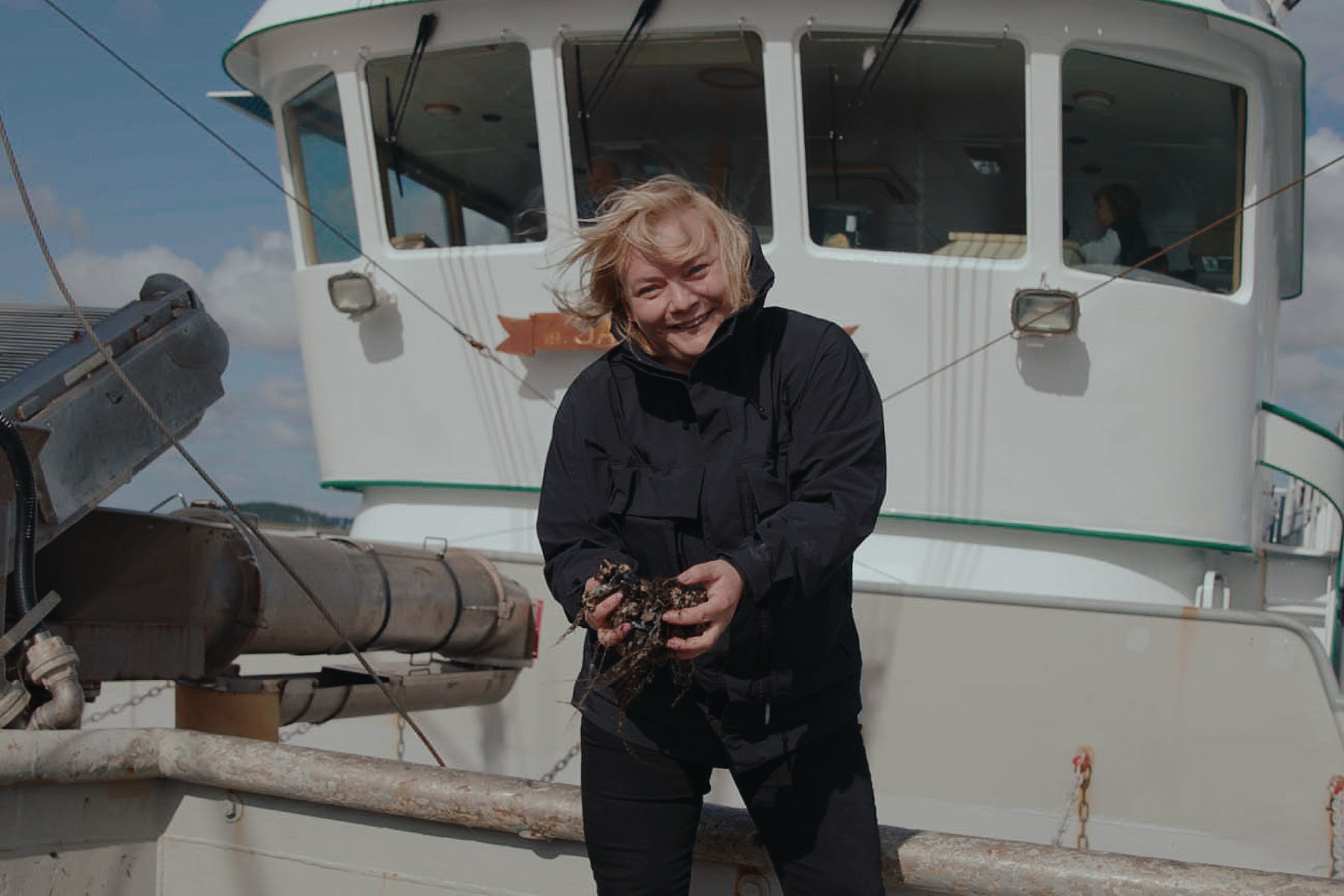
A short supply chain is a key priority for Lunch Garden’s management team – and its mussels
The enthusiasm Biebuyck has for nurturing Lunch Garden’s partner relationships is equaled by her passion for seeking the best employees.
“You need to have the right people around you,” she confirms. “What still strikes me is that many leaders don’t dare to have strong personalities around them. I know I’m not always right, and count on my team to provide open and good feedback.
“You hire smart people to enable you to refine your mid-term goals and to make them happen. Because you will never be able to do it alone – never.”